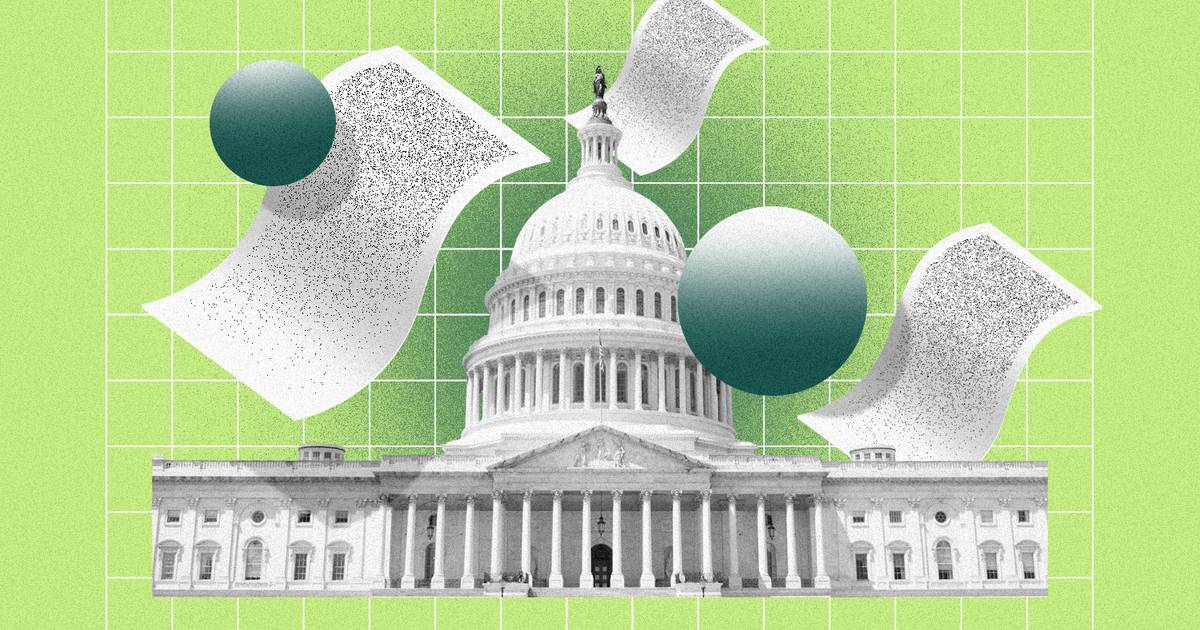Employers and health plans that cover mental health and substance use benefits must meet certain requirements to ensure this care is as easily accessible as other types of medical care under a set of final rules issued by the Biden administration on Sept. 9.
The rules clarify responsibilities under the Mental Health Parity and Addiction Equity Act (MHPAEA), a 2008 law that requires group health plans and health insurance issuers offering mental health or substance use disorder benefits to do so “in parity with medical and surgical benefits, without imposing greater restrictions on mental health or substance use disorder benefits as compared to medical and surgical benefits,” according to a joint statement from the Departments of Labor, Health and Human Services, and the Treasury.
People with insurance are often made to pay out-of-pocket when they seek care for a mental health condition, said Neera Tanden, President Biden’s domestic policy advisor, on a Sept. 6 call with reporters. She alluded to one KFF analysis that found privately insured adults who were treated for depression and/or anxiety averaged more than $1,500 in out-of-pocket spending in 2021, almost twice as much as those who weren’t treated for a mental health condition.
“People are really not getting the care they need because they have to spend so much of their own money,” Tanden said. “And that’s really the problem we’re trying to tackle.”
How employers should prepare. Though MHPAEA has been in effect for more than 15 years, employers have thus far struggled to apply the law in a way that satisfies the federal agencies overseeing compliance, said Sarah Raaii, a partner in the employee benefits and executive compensation group of law firm McDermott Will & Emery LLP.
These rules provide a bit more guidance, Raaii said, specifically as it relates to “nonquantitative treatment limitations,” which are requirements that can hinder access to mental health benefits. Such limitations may include prior authorization, like a mandate that employees receive approval from their health plans before they receive a service, or step therapy, when insurers require plan members to take certain steps before they’ll cover a medication.
Under the new rules, health plans and issuers must evaluate how these nonquantitative treatment limitations affect “access to mental health and substance use disorder benefits as compared to medical/surgical benefits” using required documents that were added to MHPAEA in 2021, according to the agencies overseeing compliance. They also have to collect and evaluate data as part of this process, making changes if said data reveals “insufficient access” to mental health and substance use disorder benefits.
Quick-to-read HR news & insights
From recruiting and retention to company culture and the latest in HR tech, HR Brew delivers up-to-date industry news and tips to help HR pros stay nimble in today’s fast-changing business environment.
To prepare for these new regulations, which will apply to plans starting on or after Jan. 1, 2025, employers covering mental health and substance use disorder treatment should start performing a parity analysis if they don’t already do so, Raaii said. It’s quite possible employers are already doing this, given it’s been required under MHPAEA, so “hopefully they’ve been doing that analysis, and these regulations really just add some additional guidance to that on what it means to have certain types of nonquantitative treatment limitations,” she said.
The way total rewards leaders perform this analysis will depend in part on the type of health plan their company offers, Raaii said. Employers with fully-insured plans may work directly with their insurers to make sure mental health benefits are being offered in parity with other medical benefits, while those offering self-funded plans may need to work with a third-party administrator, consultant, or broker to do so.
Even though employers may still have questions about gray areas or ambiguities in the regulations, Raaii suggested making a good faith effort to analyze their benefits, despite those lingering concerns. “It’s not enough to kind of just sit on your hands and, say, well, ‘This isn’t entirely 100% clear to me, so we’re just not going to engage with this yet.’”
Will this prompt employers to drop treatment? The ERISA Industry Committee (ERIC), a trade association representing large employers that sponsor employee benefit plans, expressed concerns about the final rules in a Sept. 9 statement. The regulations could add “complexity to the landscape for employers who choose to offer behavioral health benefits for their workers,” the organization said.
ERIC previously suggested that onerous MHPAEA regulations could prompt employers to drop their mental health benefits altogether, and while that’s possible in theory, it may not make sense for HR leaders to backtrack just to avoid complying with the law, Raaii said.
“So many employers have very publicly voiced their support for mental health care in general, and really wanting their employees to be connected to mental health resources,” she said. “So practically, it might not make sense, for some companies to just altogether throw up their hands and say, ‘We’re not going to deal with this.’”




